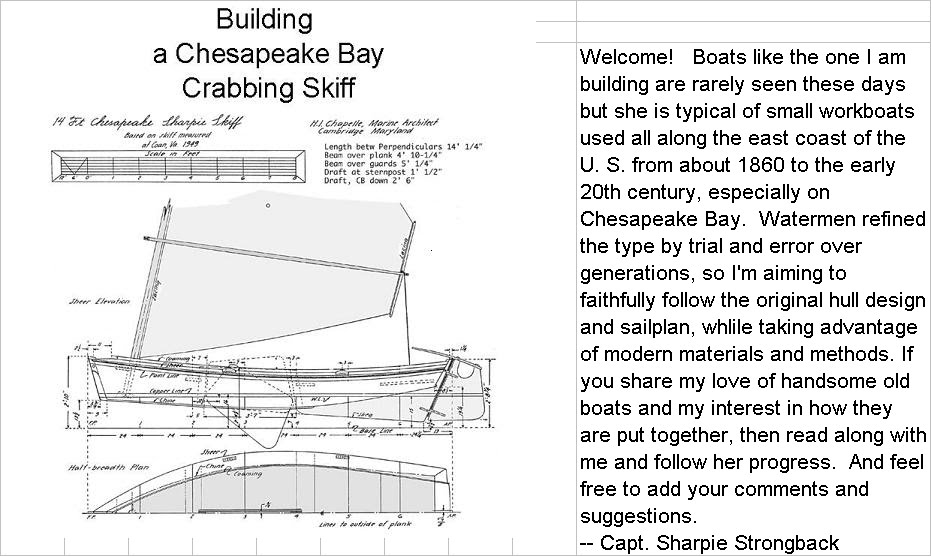I remember many years ago my Dad describing the beautiful old Dragon class boats as being built "like musical instruments." That mental image was so vivid it stuck with me, and I thought about it yesterday while sanding out the latest coats of epoxy.
The bottom and topsides were fair and pretty much smooth: no drips, runs, sags or bumps. The plywood butts were imperceptibe. It did have a sprinling of small slightly low spots, typically about 1/4" across. More epoxy and sanding alone wouldn't get the surface perfectly smooth. I would need to spread a mixture of epoxy thickened with glass microballoons, and then sand that fair. From experience I know that once you spread a putty mixture like that it is easy to sand it smooth but a long and aduous job to get the surface fair again, with no assurance of success. So I considered how smooth I needed to get it. If I were building a plug for a fiberglass mold, the answer would be that nothing less than perfection would do. If I were building to a "Dragon" standard, well, I fell short of that long ago. Since the boat I'm building is in the tradition of humble workboats- not a cello- it is obvious the goal should be a good workmanlike level of finish, but no fancy stuff or pretense of perfection.
From having dabbled in model building years ago, I know that for a job to look right, it needs a consistent level of finish. If one part is rough and another highly and precisely detailed, the whole thing looks bad. It makes sense that the same principle would apply to actual boats, though I've never heard it explicitly mentioned. For that matter, I'd expect that artists try to do the same thing. Anyway, it was easy to convince myself to call a halt to finishing the hull's exterior.
Also yesterday, I struck a waterline on the hull.As I mentioned in an earlier post, I have read about many techniques for doing that. When it came time to do it, I didn't follow any of them. I simply levelled the boat fore and aft and athwartship, located the waterline at the stern from the plans, and used a small spirit level to work my way forward, marking every six inches or so, and checking as I went by sighting across the bay to the top of a seawall 1000' feet away. When I reached the bow, the line I'd drawn was less than 1/4" from where I'd guessed it would be- success. Now I can either repeat the process on the other side or just measure and match what I've already done. With the waterline drawn, I can tape it and paint the topsides and bottom. That will be worth a photo. Once the exterior is painted, the boat will be turned back over and work can resume on the inside.
Last Sunday I happened to notice a classified ad for a solid brass 9# anchor. I got a careful description over the phone and bought it sight unseen. It's about 25 mi. north of here, and I'll pick it up next Friday on my way out of town for a ten-day trip. I hope the anchor is not a disappointment, but don't have much invested in it in any case.
Thursday, October 28, 2010
Subscribe to:
Post Comments (Atom)

No comments:
Post a Comment